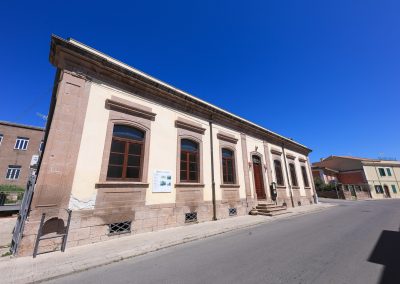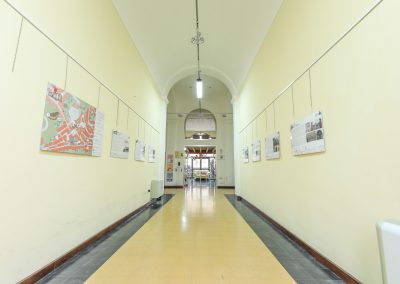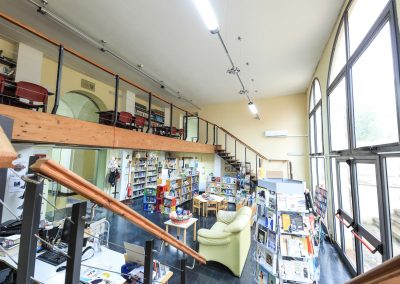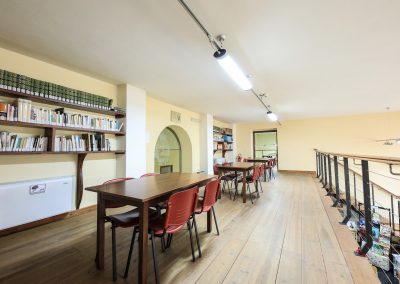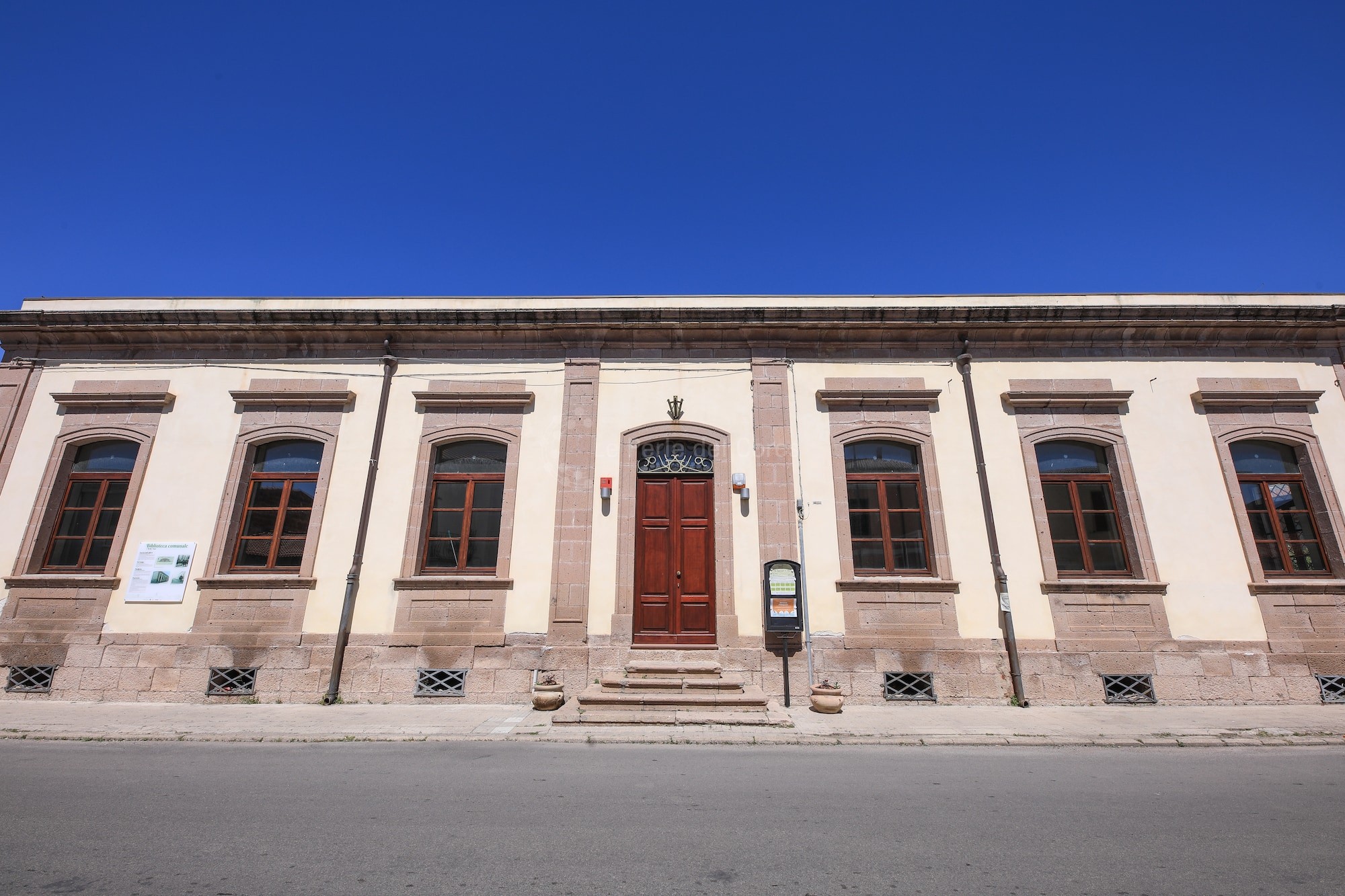
Uri
Iscola Ezza
The building of Iscola Ezza, (“Old School”, in Sardinian), is located on the outskirts of Uri, named after Juanne Antonio Farina or Ulias Manna, in Via Sassari. The project was drafted by Silvio Gandino, an engineer from Sassari, in 1904. Initially, it was established as a school, because the town lacked one. In 1911, with a public act, an olive grove located near the entrance of the town was bought and knocked down in order to build the structure. During construction the original design was modified, changing the decoration of the main façade made from white limestone to red trachyte stone. In 1953 the building was enlarged and adapted to become headquarters of the Town Council, by the engineer Angelo Sechi from Olbia. This is when the electrical system was installed and the internal spaces were changed, dividing the location into five big rooms and two smaller ones. From the 70s to the year 2000, the building was home to a Middle School.
In front of the main entrance, today entrance to the library, there was a stone slab in grey marble, with the names of the fallen and dispersed citizens of Uri from the two world wars and the Spanish civil war. Restoration work took place from 2006 to 2008 and was intended to repurpose the building as a centre for rural documentation, but in 2009 the Town Library was moved there instead. Since 2009, the Historical Town Archive has also been located here. The archive contains documents dating back to the 19th and 20th centuries, as well as the first Town Library “Alessandro La Marmora”, donated at the beginning of the 20th century by the Red Cross nurse Marianna Denti from the Marquisate of Piraino. In 2016, the Library was named after Giovanna Maria Cherchi, politician and intellectual from Uri. In 2017 a reading room was dedicated to the parish priest Salvatore Arca, who had consistently donated batches of his own books to the community of Uri. Since 2018, a room of the building has been allocated to university students and another to temporary art exhibits. ince 2019, the Historical Archive has received a planetary scanner as a donation plus a computer work station for research. The total number of documents in the Library in 2020 was about 11,000 volumes. It is considered the first civic building of architectural value present in the town.

